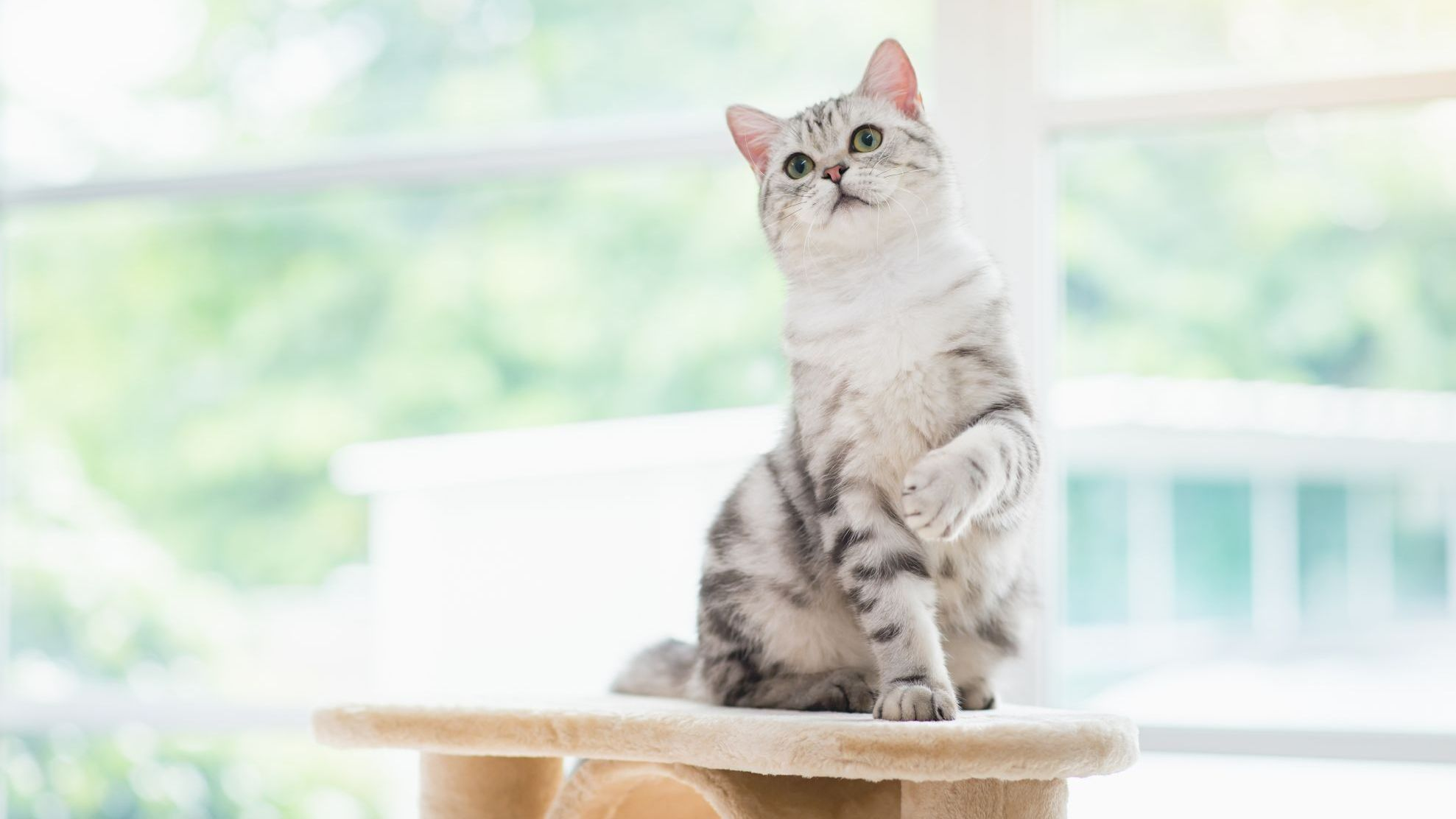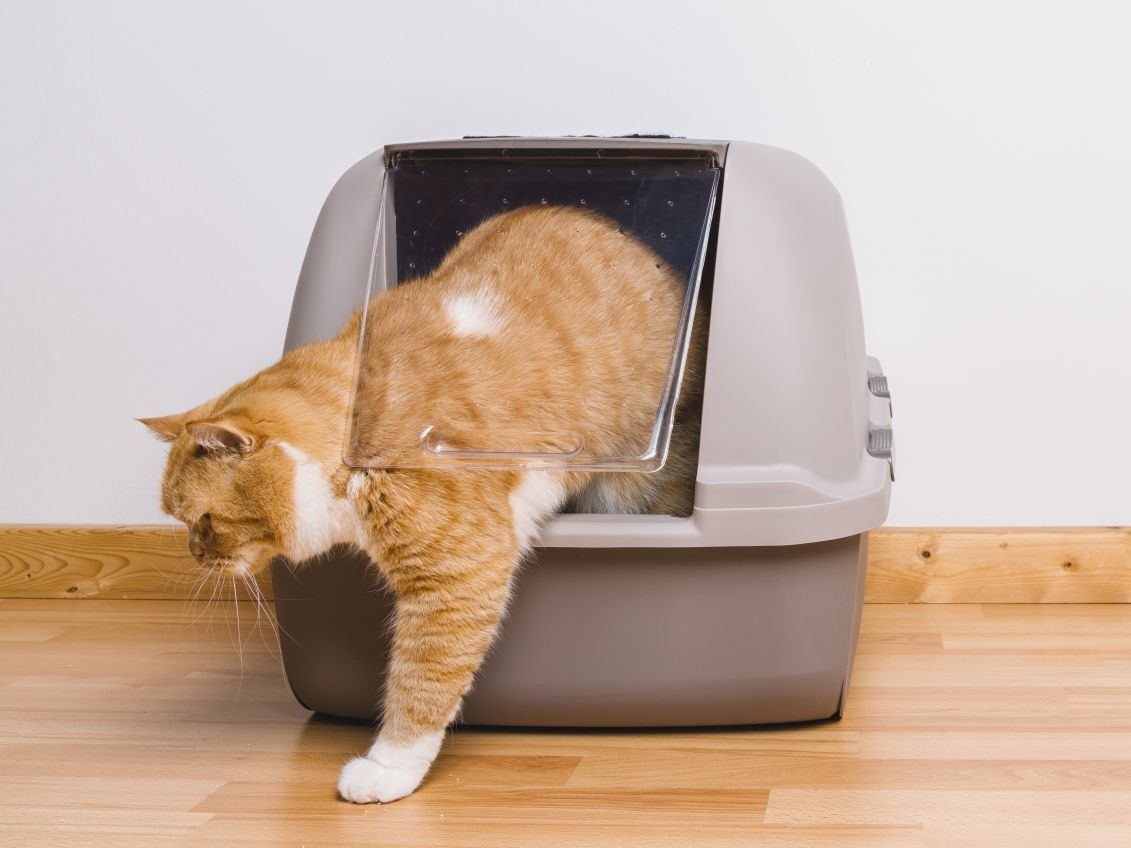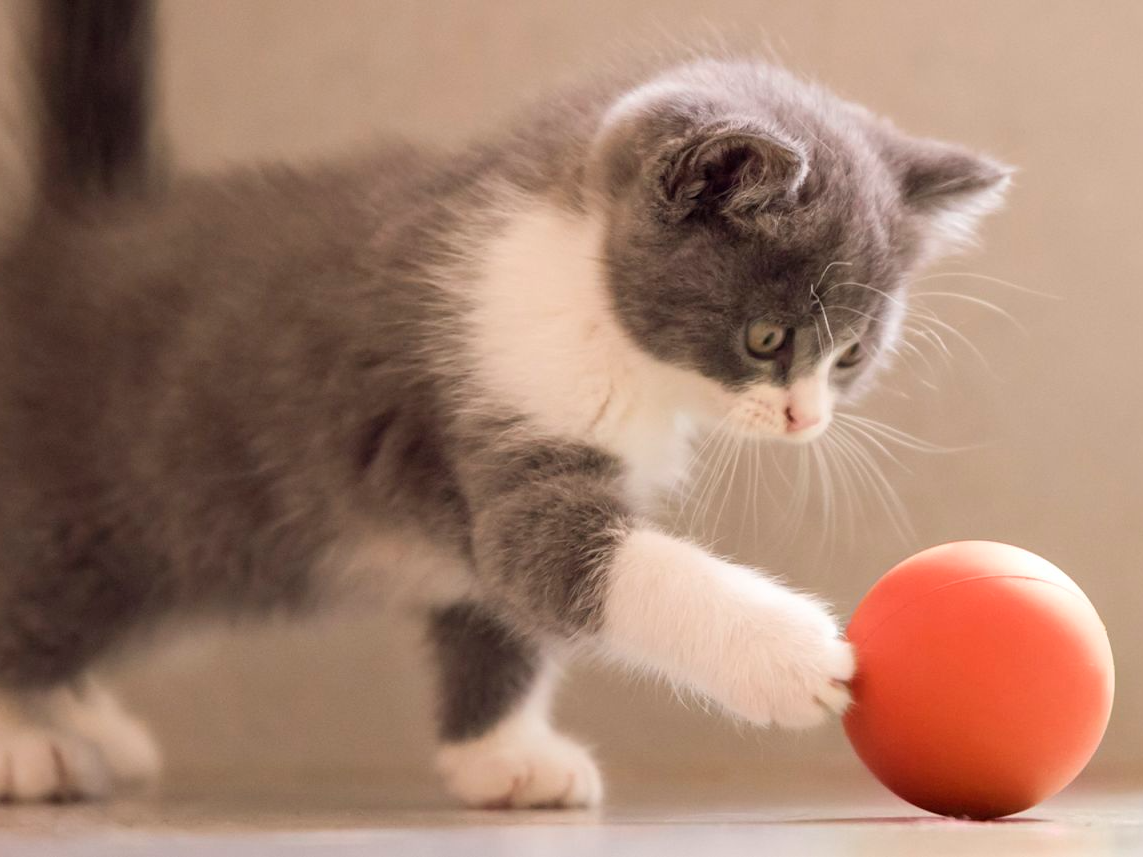Our Guide to Indoor and House Cats
It would be easy to think that the life of an indoor cat is limited. However, while they may not have contact with people or other animals outside, that doesn’t stop them from meeting your friends and their pets! It also allows for a very special relationship between pet and pet owner. If you are thinking of getting a cat and want to ensure they thrive indoors, there are things to consider.
You will be their main person, so it’s ideal if you spend a lot of time at home. Indoor and house cats definitely need someone who can provide the required level of companionship to keep them content. One advantage of life with a house cat or cats is that they are not exposed to outside danger. For example, busy roads can lead to accidents or injury. Interaction with other cats can increase their risk of catching diseases. One of the biggest challenges to overcome when caring for your indoor cat is encouraging physical activity and preventing boredom.
Your future feline deserves to lead a fulfilling life! Here are some indoor cat tips to ensure that they can live an active and healthy life with you.
Article

What Do Indoor Cats Need to Thrive?
There are plenty of good reasons to keep your cat inside. But the reality is that life indoors can become predictable. Knowing your cat’s needs can help you keep them in a good mental state.
Indoor cat care involves a combination of exercise, mental stimulation and social interaction. Ideally, you, or someone else in the household, will spend an adequate amount of time at home. Bored cats may become stressed or anxious. If they don’t get enough activity, they may also become overweight.
Here’s a list of four key ideas to meet the needs of your indoor cat:
Cat Safety: Common Household Hazards
Certain flowers and plants are toxic for cats, such as lilies and daffodils. Before bringing them home, or prior to buying a new plant, check to make sure it isn’t dangerous or lethal for cats.
You do not want to catch your cat chewing on an electrical cord—the risk of electrocution is too high. Make sure your cables are covered or safely stored away at all times.
Certain foods are toxic for cats. Chocolate is the most well-known, but the list of foods that are poisonous to cats also includes onions, garlic and grapes. Meat bones, while not poisonous, are also dangerous for your cat or kitten. They can do a lot of internal damage, so must be avoided at all costs.
As cats can get onto—and sometimes into—hard-to-reach places, including up high, make sure any medicine cabinets are locked and close properly. If you keep medications out, ensure your cat cannot get into them.
Household cleaning products are toxic for your cat. Any spills should be cleaned up immediately and products stored well out of reach.
Rubber bands are like a toy to cats but if they do swallow one, surgery or hospitalization may be required due to intestinal damage. The same goes for string.
Contented Purrs: Grooming Your Indoor Cat
Grooming is a wonderful way to spend quality time with your pet.
Brushing your cat’s fur will help to prevent matting—and may even elicit a purr of satisfaction.
Keeping their nails tidy is also important. Figuring out how to trim your cat’s nails may prove challenging but it all comes down to finding the best technique for how to cut your cat’s nails. The earlier you start, the easier it is, as they will get used to it. Lots of praise, and using a gentle voice, can help.
If you have a cat with mid-length or long fur, you may bathe them occasionally or clean them with a cloth. Don’t assume that they adore water. Ease them gently into the cat bath experience, especially if they’re a kitten.
Check your cat’s ears regularly, not just to give them a clean but to look for signs of irritation or infection.
More information on how to clean your cat or kitten’s ears.
Keeping it Clean: House Cat Hygiene

- Clean their bedding occasionally, finding the right balance between perfect hygiene and maintaining your cats own scent so they have a familiar and secure environment.
- Keep food and water bowls clean.
- Cats do not like dirty or smelly litter boxes. They may do their business elsewhere if you’re not on top of it.
- Homes are dust traps. Add cat hair into the mix and you’ll need a couple of weekly vacuuming sessions.
- Rubber gloves are your new best friend. They’re very handy at removing cat hair from furniture and fabrics.
- Keep the air as clean as possible with air purifiers or filters. This helps with odor and dust control, as well as keeping allergens to a minimum.
Healthy and Hydrated: Feeding Indoor Cats Properly
Be aware that you will have to stay on top of the food that your indoor cat eats. An optimal diet will help keep them healthy and regular activity will help them stay in shape.
Here are the top five tips for your house cat's diet:
1. Find the healthiest food for indoor cats, which should be high in protein and fiber.
2. Manage their food portions. Split meals into multiple small feedings a day, to help curb overeating.
3. Try mixed feeding. Alternating between wet food and kibble can make meals more exciting and varied.
4. Cats aren’t big water drinkers, so wet food is a great way to keep your cat hydrated. This is, of course, in addition to having water available to them. Chronic dehydration can lead to urinary tract or kidney problems.
5. We mentioned them above, but using puzzle feeders can prevent your cat from unnecessary nibbling throughout the day. Mental stimulation combined with activity is a great way to make mealtimes a bit more challenging—in a good way—for your cat.
As well as a balanced diet, your cat should have easy access to fresh water at all times.
Healthcare for Indoor Cats: The Basics
Staying inside may reduce the risk of infectious diseases for your feline, but it doesn’t rule them out entirely. You must remain vigilant in case your cat shows any signs of illness.
Like any other cat, house cats still need regular checkups and vaccinations. Talk to your vet about flea and deworming treatments. This is the best way to prevent parasites from getting to your cat. Try not to panic if the worst happens; deworming medication is available to help your cat recover.
Don’t overlook your cat’s dental care regime. Establish a teeth cleaning routine as soon as possible and check their mouth regularly. Neglecting the oral hygiene of your indoor cat can lead to health complications. These range from bad breath and gingivitis to more serious conditions, such as kidney damage and tooth decay.
Finally, a word on managing your feline's mental health. House cats can be prone to boredom, which can lead to stress. Dedicating the right amount of love, attention and mental stimulation will play a key role in your cat’s physical and mental well-being. It is also great to provide calm, stress-free zones for their moments of downtime.
Watching their Weight: Preventing Obesity in House Cats
A more sedentary lifestyle can encourage lazy habits in your house cat. Stress can lead to overeating. It is best to avoid either of these things from happening as you may end up with an overweight cat on your hands, or in your lap.
Overweight cats are more likely to face certain health problems, which include diabetes, urinary diseases and arthritis.
How to help your house cat lose weight
You may already have some ideas for how to exercise your indoor cat and manage their weight. You will also need to increase exercise and change their eating habits. Your vet will be the best person to consult about this to help ensure long-term success.
Toys and games will be useful in motivating your four-legged family member to work out because the exercise is disguised as fun. Be sure to rotate their favorite toys —cats are smart and therefore get bored easily.
With determination, patience and encouragement, your house cat is capable of getting back to a healthy weight. This will have a positive impact on their quality of life and contentment level.
Related Articles

How to help your kitten stay in shape

Kitten development from birth to adulthood
Like & share this page